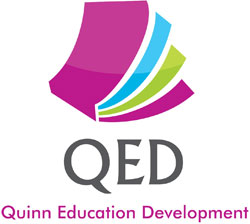Black Friday – Should we be teaching children that over consumption and shopping deals are the norm? Read on for ways to teach our little ones how to take care of the environment and cut down on waste.
It’s been a relatively short period of time that it has been normal to buy much more than we need. Here at QED, we are in our 40’s and still remember our childhoods of refreshed second-hand bikes for Christmas and hand me down clothes and toys. The huge rise in online shopping is not only damaging small businesses but it’s teaching our children that instant gratification of buying something new and having it arrive the next day or even on the same day is normal. That small hit of dopamine when you make the purchase is not only damaging us psychologically but is having a huge impact on the environment with us consuming and throwing away more than ever instead of making considered purchases that we treasure and value for years and sometimes decades.
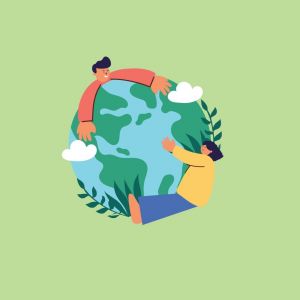
Let’s teach Eco not Ego
Tomorrow is Black Friday, an imported shopping bonanza from the USA and we should ask ourselves whether this frenzy is something we want to be an ‘event’ on our children’s calendars in years to come? It’s certainly not as cosy as Bonfire night, Christmas or Hannukah and surely in these times it would be more beneficial to have them celebrate things like the Winter solstice or Earth day? Compassion for nature and an understanding of the greater world has been proven to help children develop empathy and become happier, more content humans. Understanding that we are part of nature and not above it or the controller of it will help them to understand that over consumption is just another way of harming the beautiful planet we have the privilege to live on!
So, how about this Friday, we make a special effort to teach children about the circular economy?! What is this we hear you cry?!
‘The circular economy is a model of production and consumption, which involves sharing, leasing, reusing, repairing, refurbishing and recycling existing materials and products as long as possible. This is a departure from the traditional, linear economic model, which is based on a take-make-consume-throw away pattern.’ (Taken from www.europarl.europa.eu)
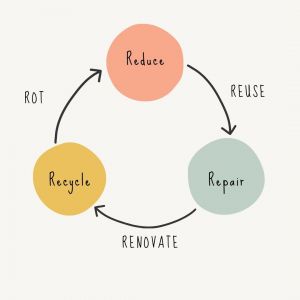
How do we explain this to early years children? Well, rather than explaining, the teaching is in what we do. We can start early to enforce positive habits and help them to become the ‘norm’. The website www.finncont.com have some great suggestions. See below for our edited version!
Three key points to teach children:
- Less waste! You can minimise your impact on the environment by producing less waste. Consider not just packaging but if you need the item at all.
- Find new uses or reuse! You can extend a product’s lifespan by finding another use for it. Our Dad is the king of this, with all sorts of boxes that once contained toiletries now housing tools! He also reuses things like nails and drawing pins!
- Recycle!If you cannot reduce the amount of waste you produce or reuse it, then recycle! We rely too heavily on recycling and the other options should be considered first, when all else fails, recycle!!
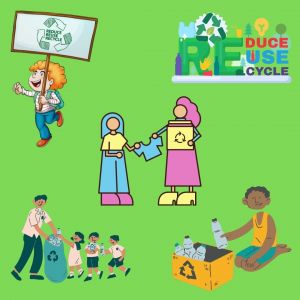
Tips and ideas for teaching children about the circular economy:
Have a competition.
- Have a competition among your class to see who can pick up the most litter outside in nature!
Make recycling exciting.
- Create and decorate recycling bins for the classroom to teach children what can be recycled and where to put it. Help them take ownership.
Arts and crafts.
- Show children how craft items can be repurposed or reused. Have them bring things in from home to use – for example, cardboard from cereal packets, old wrapping paper.
Use books, videos and games.
- Read books, show educational videos on YouTube or other platforms, or play recycling-themed games. Here is a link to the Ellen MacArthur Foundation who’s teaching resources might inspire you for your own class.
Give away what you do not need.
- Create a box in class for items to be donated, you can encourage children to bring in unneeded toys and clothes which can then be taken to charity or recycling. This will teach your child that things that they do not need themselves are not automatically thrown away and can be useful to someone else through recycling and reuse. You could even do a swap shop where everyone brings something in and then they get to take a new book or toy home, showing that when you have finished with something, someone else might enjoy it again.
Set an example!
- Set an example of recycling and environmental responsibility for your class through your own behaviour and actions every day.
What examples will you set? How will you bring this into the classroom? We would love to hear what you plan to do or already do! Please comment below so we can share your amazing ideas!
Head to our website to download a free poster for your classroom wall and make a start now!
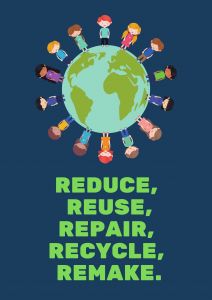
Download our Free poster
